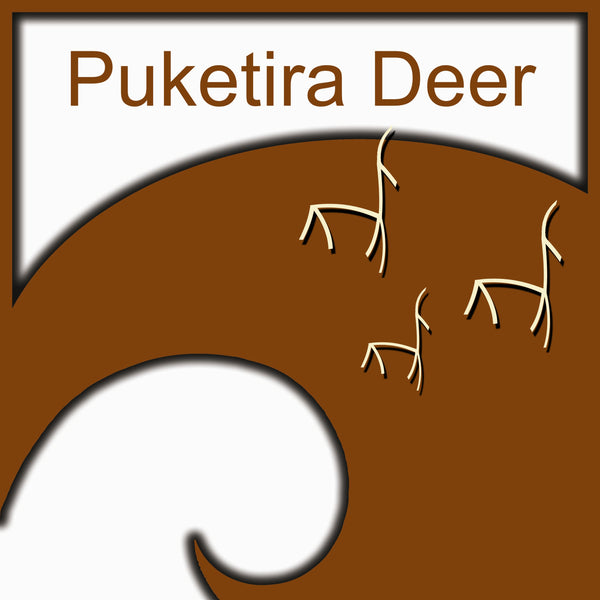November 2016
Share
Well this is turning into a great spring – we keep receiving regular rain and the barley grass did not run to seed at the start of November as it does most other years. We are still only farming the top 50mm of the soil profile, underneath there is no soil moisture in reserve but at least the regular rains keep things topped up. We receive 80mm rain in 3 significant falls spread over the month.
This is just marvellous for hinds fawning and many of the paddocks have gone to seed – there is good cover for the fawns. There are not so many running around initially but lots of ears can be seen sticking above the grass. A further draft of yearling deer in November is predominantly hinds as the stags had gone in October. As an experiment, we weaned one twin mob of lambs at the end of October (7 weeks of age) and have run them on Lucerne since. We want to see if they will do better on their own when not competing with the ewe for feed. They settle quickly and seem to enjoy having it all for themselves. At the end of November we wean all other ewe mobs and the first draft is really just to take out the tops – those that would be too heavy to carry on any further. Overall we achieve 18.5kg for these first lambs with the heaviest topping out at 25kg, drafted just in time. The balance we will carry on later into as our Meat Processor - Alliance Group have a fixed price contract to the end of December. Ironically the wetter November slows down lamb growth rates and we do not draft as many off mum as in other years. However, we did wean a week earlier than usual to this pulls back the weaning weight. Our farm IQ data indicates the ewe lambs (which have now all been EID tagged) wean an average 30.5kg at 84 days so average growth rate since birth was about 310 grams/day. We know they have been growing at a faster rate in October but obviously dropped off in November and feed quality on grass based pastures deteriorated quickly. Lucerne of course is performing magnificently. The damper weather in November means we have to spray the cereal silage crops a second time with a fungicide spray. By now the crop is too tall for a tractor mounted sprayer and we have to get a helicopter in to do the job. Whilst this is a significant expense, it leaves no wheel marks, and ensures that the crop has the best possible chance to produce a high yield of healthy grain. It is looking great.
Just after midnight on 14th November the Hurunui district was struck by a 7.8 magnitude earthquake – and it seemed like it would never stop. Come day break a tour of the farm revealed we had been very fortunate not to have received any damage. However, those north of the Waiau River and through to Kaikoura suffered considerable damage – with stock water supply being one of the biggest challenges going forward. A week later another earthquake – at Scargill, even closer to home. Again, thankfully, no damage on farm.
